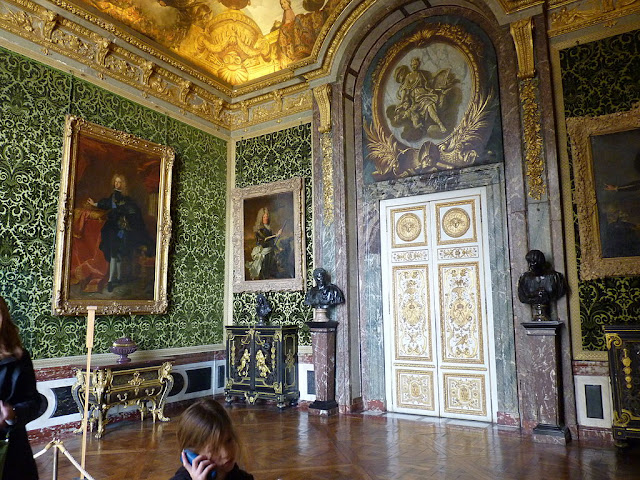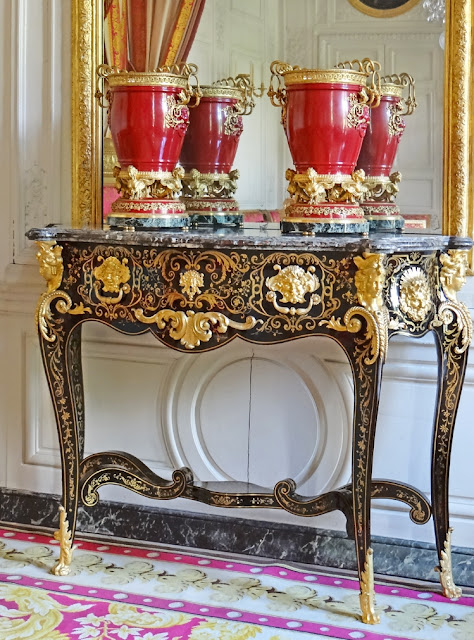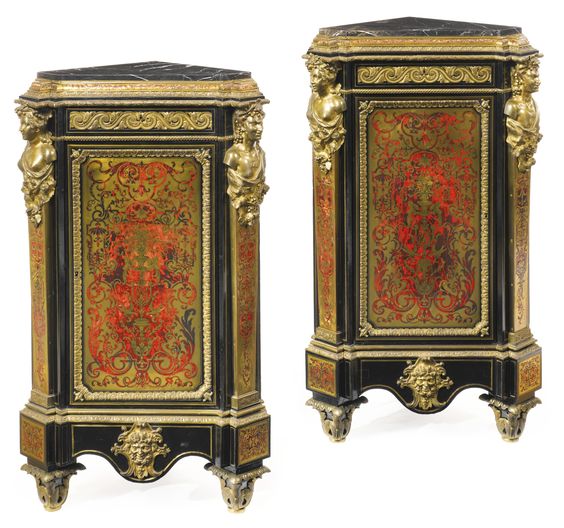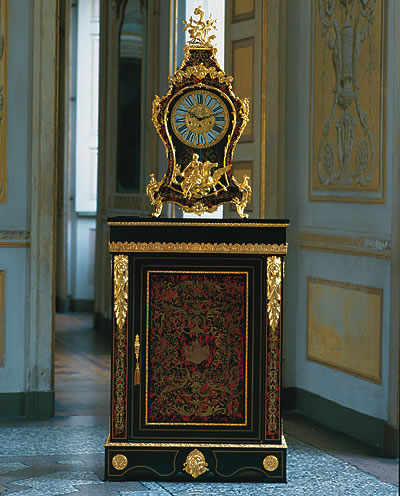As promised, with this post I have shown several rooms from my home. We have both been overwhelmed at the response and number of visits. Nearly 4,000 of you have been kind enough to come each time a room is added to the tour. Thank you for visiting!!!!!
Our sitting/family room is the last on the tour. No pictures allowed of Tim's two room man cave up stairs. I love it but am not successful at talking him into it. For this room we wanted an Old World French/English feel.......pretty but leaning towards the masculine. When Zach comes to visit I am a bit outnumbered. Actually it's my taste too. As I have said before, I like Versailles better when it was a hunting lodge and not so fru fru.
Anyway here it is, hope you enjoy. Again I apologize for my photography and lighting problems. You can get to all the other rooms through links at the bottom of this post if you wish to visit them.
Lisa Farmer-Eye For Design
This room that we use as a family area was originally the dining room of this old house. Since it is towards the back of the house, where there is more privacy, we use it as a sitting room and I moved the dining room to the front, across the hall from the living room. The wall color is a muddy aqua and is actually truer here, but without the flash the picture is too dark....so the walls look a bit greener in most of the pictures.
Lisa Farmer-Eye For Design
A bit brighter! The room is perfect for a bit of TV, reading, or when Zach is here it gets turned into a game room. We are big boardgamers. Not the old Sorry or Monopoly games, but the newer Euro board games that have adventures and mysteries that can take three to four hours to solve.
The left side of the room is pretty much dominated by the antique oak Welsh cupboard and the tapestry (which for some reason looks brown in this picture but is actually green). The oak washstand is a family piece that I know has been painted and stripped two different times during my lifetime. Painting furniture is certainly not a new trend. Next to it is an old demi john in it's original wooden crate.
The Welsh cupboard sits on a base with a carved scalloped apron and cabriole legs. I love the Medieval feel of the cupboard with it's Gothic doors and great carving at the top. See how green the tapestry is......that is what it really looks like.
My Staffordshire collection. I just started collecting this summer and am falling in love with these wonderful pieces of English pottery. Will soon be publishing a blog post about them and their history. But here is a bit of info. While the men tended to the higher end pottery and porcelain, unskilled women and children painted the Staffordshire figurines. That is why they have that naive folk art charm to them.
Lisa Farmer-Eye For Design
Looking from the sitting room into the back hall.
You can see this on the cupboard above and I wish you could see in person. I love unique and interesting things and this is a large souvenir book from Fountinbleu circa 1900. It is sage green with gilt lettering that really doesn't show up well. I also have the smaller red one you see from Malmasion, and one in my office from Versailles and the Trianons.
It is 12 X 9 and has some beautiful drawings of the interior and exterior. There are twenty-five in all on hard postcard like stock. Very detailed and all written in French.
Lisa Farmer-Eye For Design
The beautiful candelabras with rose marble and onyx bases came to me from a friend in France.
Lisa Farmer-Eye For Design
This tapestry is all in needlepoint with the figures being done in petite point. For some reason their colorful costumes in muted pinks, blues, and yellows don't come through. I took the pictures in every light and on every mode I could but still no luck.
Lisa Farmer-Eye For Design
I love oil paintings of landscapes, especially ones involving castles. Also, the antique needlepoint tapestry over the mantle features a castle and came from an estate auction. You'll see close-ups later so you can see the colors better. This is the only room that didn't have a fireplace and yet is the coolest room in the house so I bought the faux one with space heater to warm things up a bit.
UPDATE
Lisa Farmer-Eye For Design
UPDATE
Some of the castle paintings.
My favorite is the one at night.
Lisa Farmer-Eye For Design
I found a set of these antique damask covered French chairs and planned to use them in here. It's a bit too crowded with two so the other sits in my bedroom. There is a bathroom through that door but is long and narrow and hard to photograph.
Lisa Farmer-Eye For Design
This was an antique wardrobe I found this summer on Craigslist. It was twice as deep and had mirrors in the front. I needed a bookcase (actually need two more) so I had this cut in two, shelves made from the excess, and we installed the glass. I am very pleased with the result.
This large hand embroidered piece on top of the bookcase is one of my favorite treasures. I collect antique heraldry and handmade textiles and was delighted when I found this at an auction.
Lisa Farmer - Eye For Design
You can see the stitches better in this image.
The bookcase is for storing my antique books. My other reading books are in drawers all over the house, that's why a need another case for them. I have collected books for years but not until this year have I started concentrating on French books.
I had to share these and the three on the left below that I found at a Goodwill for $25.00......all from the 1800's and all in French. Needless to say I was thrilled!
Lisa Farmer-Eye For Design
Lisa Farmer-Eye For Design
I also wanted you to see this little purple French prayer book with brass edging and plate with monogram.
Lisa Farmer-Eye For Design
Next to it is an antique leather folding screen with oil paintings of flowers, swags, and architectural elements that I found at an estate auction.
Lisa Farmer-Eye For Design
You can see the painting better in this image. The old red painted chest was a yard sale find.
Lisa Farmer-Eye For Design
Lisa Farmer-Eye For Design
Lisa Farmer-Eye For Design
Close up of the French clock. It is pastoral in design with a young woman gathering wheat. Also the small picture beside it is needlepoint.
Lisa Farmer-Eye For Deign
Well, I guess you have to have something modern.......but if I must, it has to sit in front of an old French tapestry. All the BIG entertainment is upstairs in the Man Cave. Don't get me wrong, I like tech gadgets too and while I enjoy having Alexa playing music in every room.......I just don't want to look at her. I keep all gadgets well hidden.
Lisa Farmer-Eye For Design
A couple of views looking into the dining room
Lisa Farmer-Eye For Design
I love this antique oil painting of a boy and his mother. The damage to his face is hardly noticeable when there is no flash.
Lisa Farmer-Eye For Design
Also this old etching of a Renaissance interior is so lovely and detailed.
And of course it wouldn't be my house without a feline...... or four. When these two show up in the evening the tapestry pillow gets moved and they want their blanket. They both came to us as kittens....Chanel (on the right) first and then Buddy showed up a week later. We believe they are brother and sister. They adore each other.
To visit the Living Room click here
To visit the Dining Room click here
https://eyefordesignlfd.blogspot.com/2017/09/my-french-style-dining-room.html
https://eyefordesignlfd.blogspot.com/2017/09/my-french-style-dining-room.html
To visit the Kitchen click here
To visit the Master Bedroom and my Office click here
Click here to see the previous post
This blog post was published by Lisa Farmer







































































